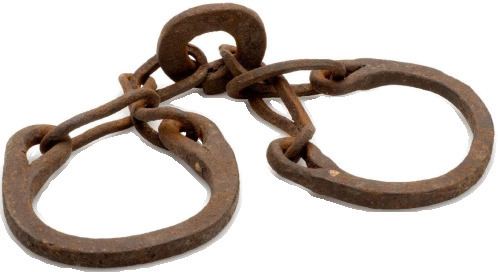 | ||
Slavery in Poland existed on the territory of Kingdom of Poland during the times of the Piast dynasty in the Middle Ages. It continued in various forms until late in the 14th century and was supplanted by the institution of serfdom, which has often been considered a form of modified slavery.
Contents
Terminology
Polish literature refers to this group of people as "unfree people" (Polish: ludzie niewolni, Latin: servi, ancillae, familia) rather than as slaves.
History
The institution of slavery as practiced in the Polish territories during the Early Middle Ages played a lesser (if still significant) economic or cultural role than in the Roman Empire. It existed on the territory of Kingdom of Poland during the times of the Piast dynasty; in fact, the number of slaves rose significantly with the establishment of the Polish state, as most of the slaves were owned by the king.
According to Samuel Augustus Mitchell, non-free people were emancipated in Poland in 1347 under the Statutes of Casimir the Great issued in Wiślica, although there are indications that some form of slavery, in practice and law, continued at least till the end of the 14th century. Throughout the remaining history of feudal Poland, particularly in the Polish-Lithuanian Commonwealth, much of the peasantry was subject to serfdom, which was often likened to slavery. Serfdom was abolished in Poland in the 18th century during the times of the partitions of Poland.
Features
The niewolni came primarily from the ranks of prisoners of war who were not freed after ransom was paid. Some people could become enslaved due to their inability to pay off their debts, and occasionally enslavement was used instead of a death sentence. Children of niewolni would also belong to that class. They belonged to the king or knights. Niewolni owned by the king were organized in units of tens and hundreds. Those who were not owned by the monarch were among the few in the Kingdom of Poland that could not rely on royal justice.
Niewolni had a limited right to relocate themselves, and could own possessions. Over time, their numbers decreased, due in part to some escaping and also because their owners saw it as more profitable to use them as peasants rather than servants (Polish: czeladź, Latin: servi casati). Czeladź would have their own house, and would be little different from regular peasants or serfs.
